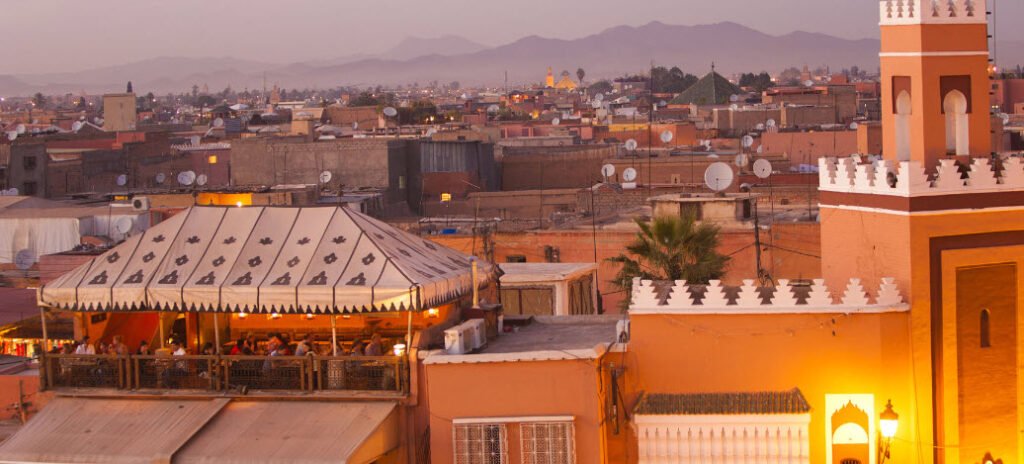
Marrakesh or Marrakech is the fourth largest city in the Kingdom of Morocco. An oasis in every sense of the word, Marrakech was once a beacon for the trading caravans that had driven north through the desert and navigated over the often snow-capped Atlas Mountains. Marrakech may be Morocco’s third most important city after Rabat and Casablanca, but its fabulous palaces and lush palm groves exercise a powerful hold over tourists. It has always been the place where sub-Saharan Africa meets Arab North Africa, and, even today, this market town located on the edge of nowhere remains a compellingly exotic port of call.
1. Jemaa El Fna
This is a vast plaza at the heart of the medina (the old walled city), as old as Marrakech itself. The site of parades and executions in the past, modern city life is centred around the Jemaa El Fna.
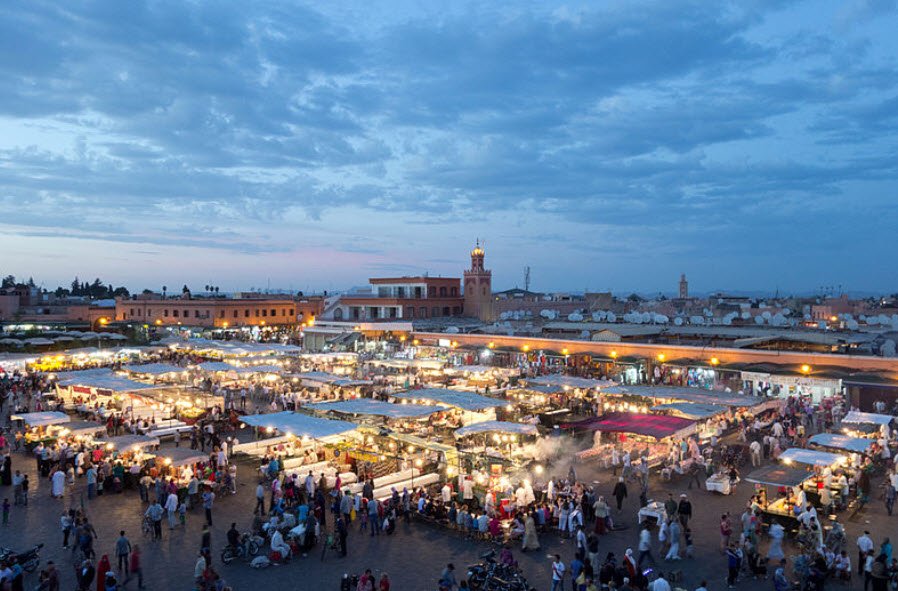
The medina’s central square means “Assembly of the Dead”, a reference to a time when the heads of executed criminals would be displayed here on spikes. Although nothing as gruesome is on view today, the square is still populated with some extraordinary sights such as snake charmers, monkey trainers and colourfully-costumed water sellers. In spite of government efforts to sanitize Jemaa El Fna with neat paving and ornamental barrows, the place remains endearingly chaotic.
2. The Night Market
By night, Jemaa El Fna transforms into a circus, theatre and restaurant, with itinerant musicians and entertainers drawing excitable crowds.
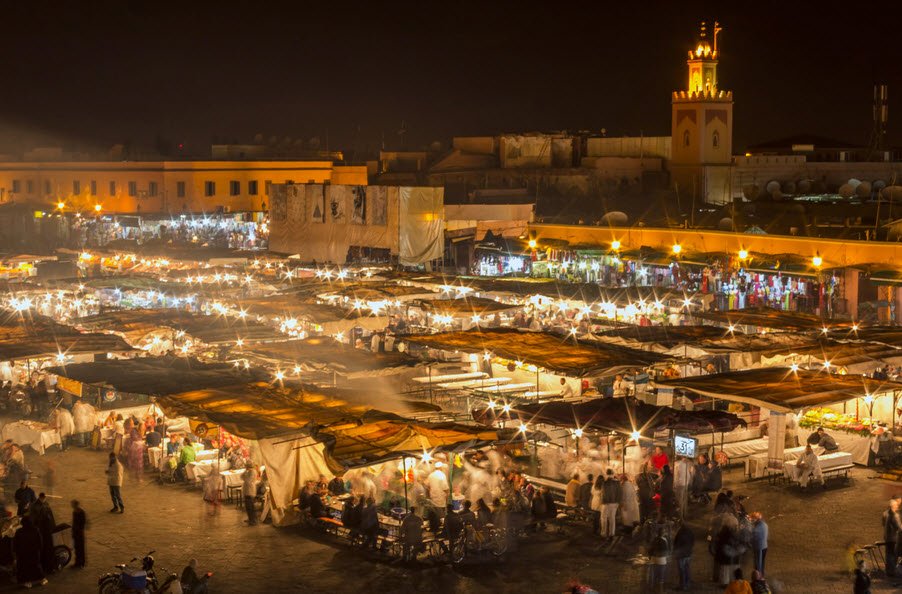
Each evening as the sun goes down, dozens of open-air kitchens set up on the east side of Jemaa El Fna. Serving areas are erected and tables and benches are put out to create one vast alfresco eatery. Beneath a hanging cloud of smoke from the crackling charcoal grills, locals and visitors alike tuck into a vast array of Moroccan cuisine. Nearly every stall has its own speciality, from snails in spicy broth and chunks of lamb stuffed into sandwiches to humble hard-boiled eggs.
3. Koutoubia Mosque
Marrakech’s landmark monument boasts a tower that dominates the skyline for miles around. Like most mosques in Morocco, it is closed to non-Muslims but it’s an impressive sight nonetheless.
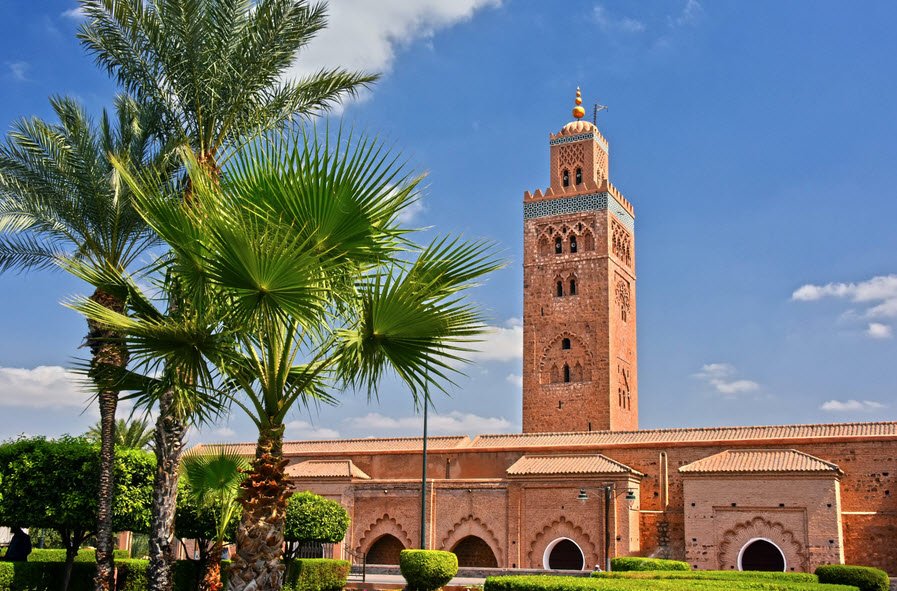
Its minaret is the city’s pre-eminent monument, towering above all else and has always been the first visible sign of Marrakech for travellers approaching from afar. This is wholly fitting, because the mosque is not only the city’s main place of worship, it is also one of the city’s oldest buildings, dating back to the 12th century, not long after Marrakech was founded. The designer of the Koutoubia minaret went on to create Tour Hassan in the Moroccan capital, Rabat and the tower of the Giralda in Seville. Unfortunately, as with nearly all mosques and shrines in Morocco, non-Muslims are not permitted to enter the Koutoubia.
4. The Souks
Laid out in the narrow streets to the north of central Jemaa El Fna are a dizzying array of souks, or bazaars. Different areas specialize in their own specific wares, selling anything from carpets, lanterns and slippers, to ingredients for magic spells.

Marrakech’s earliest inhabitants made their living from trading with the Africans and with the Spaniards who came by sea. Luxuries like gold and ivory came from the south, while leather, metalwork and ceramics were sent north. Even today, trade continues to be the city’s mainstay, with thousands of craftsmen eking out an existence in the maze of souks that fill much of the northern half of the medina. A trip to the souks is part history lesson, part endurance test – to see how long you can keep your purse in your bag or your wallet in your pocket.
5. City Walls and Gates
Marrakech’s medina, or old city, is wrapped around by several miles of reddish-pink, dried mud walls, punctuated by nearly 20 gates. Having proved ineffective against attackers throughout history, the walls are more ornamental than functional.

The city walls date from the 1120s when, under threat of attack from the Almohads of the south, the ruling Almoravid sultan, Ali Ben Youssef decided to encircle his garrison town with fortifications. The walls he had built were up to 9 m (30 ft) high and formed a circuit of 10 km (6 miles), punctuated by some 200 towers and 20 gates. Despite changes made in the 20th century to accommodate motor vehicles, the walls remain largely unchanged.
6. Saadian Tombs
A tranquil garden hidden at the end of the narrowest of meandering passageways shelters the royal tombs of one of Morocco’s ruling dynasties. They were shrouded from the world till the 1920s.

This is the secluded burial place of a dynasty noted by novelist Edith Wharton for its “barbarous customs but sensuous refinements”. The 66 royal tombs that are housed here date from the late-16th and early-17th centuries, but were unknown to the outside world until the 1920s, when they were revealed by the curiosity of a French official. The complex may be modest in size but it is beautifully decorated in the Alhambran style with plenty of carved cedar, stucco and polychromic tiling. The tombs have three main burial chambers that are ranged around a small garden.
7. Medersa Ben Youssef
Behind a typically blank Marrakech façade hides what is arguably the city’s finest building. This ancient religious school boasts exquisite decorative detail.

It is not the oldest or most significant of Marrakech monuments, but the medersa is one of the city’s most impressive buildings and allows entry to non-Muslims. It was built by the Saadian sultan, Moulay Abdellah around 1565, and was rebuilt in the 16th century. It displays all the fine decorative detailing that characterizes what was the golden age of Moroccan architecture. The medersa has also had a brush with movie stardom, as an Algerian Sufi retreat in the Kate Winslet movie Hideous Kinky.
8. Badii Palace
The ruins of this once fabled palace, provide a picturesque setting for nesting storks – and a salutary warning from history against extravagance.

It reputedly took armies of labourers and craftsmen 25 years to complete the Badii Palace. When it was finished, it was said to be among the most magnificent palaces ever constructed, with walls and ceilings encrusted with gold and a massive pool with an island flanked by four sunken gardens. This grand folly survived for all of a century before another conquering sultan came along and stripped the place bare (a procedure that itself took 12 years) and carted the riches to his new capital at Meknès. All that survives today are the denuded mudbrick ruins.
9. Majorelle Gardens
Jacques Majorelle, a French artist who came to Marrakech to recuperate, created this beautiful garden which was later owned by French couturier, Yves Saint-Laurent. It is open to the public.
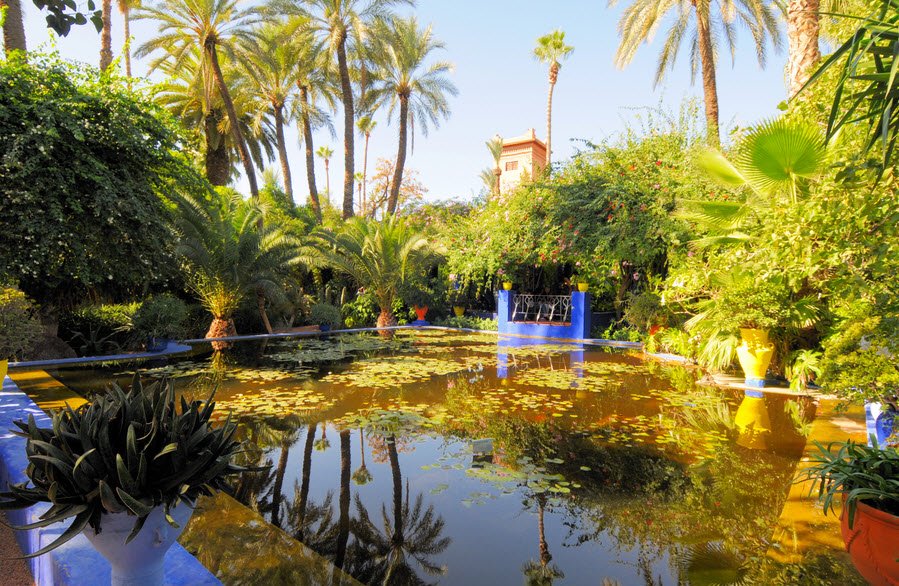
Of Marrakech’s numerous gardens (see pp42–3), these are the most famous and the legacy of an expatriate French painter, Jacques Majorelle, who considered himself a “gardenist”. In 1924, he acquired land and set about creating a botanical sanctuary around his studio. Majorelle opened his gardens to the public in 1947 and they remained a popular attraction until his death 15 years later. The property fell into disrepair until 1980, when it was rescued from ruin by French fashion designer Yves Saint-Laurent and his artist-friend, Pierre Bergé.
10. Mamounia Hotel
A grande dame among hotels worldwide, the Mamounia has been providing hospitality to the visiting rich and famous for almost a century.
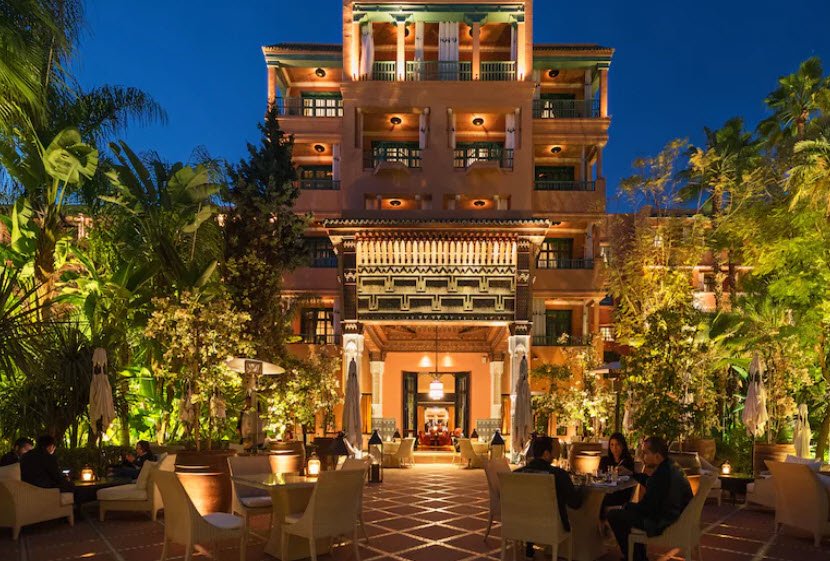
One of the world’s great old hotels, since opening in 1923 the Mamounia has been welcoming the rich and famous; Winston Churchill was one of the most celebrated guests to have frequented this hotel. It was originally built in the 19th century as the palace of the crown prince of Morocco, but in 1923 the French turned it into a hotel for the Moroccan railways. It is set within 7 hectares (17 acres) of delightful gardens surrounded by the city’s 12th-century red ochre ramparts.

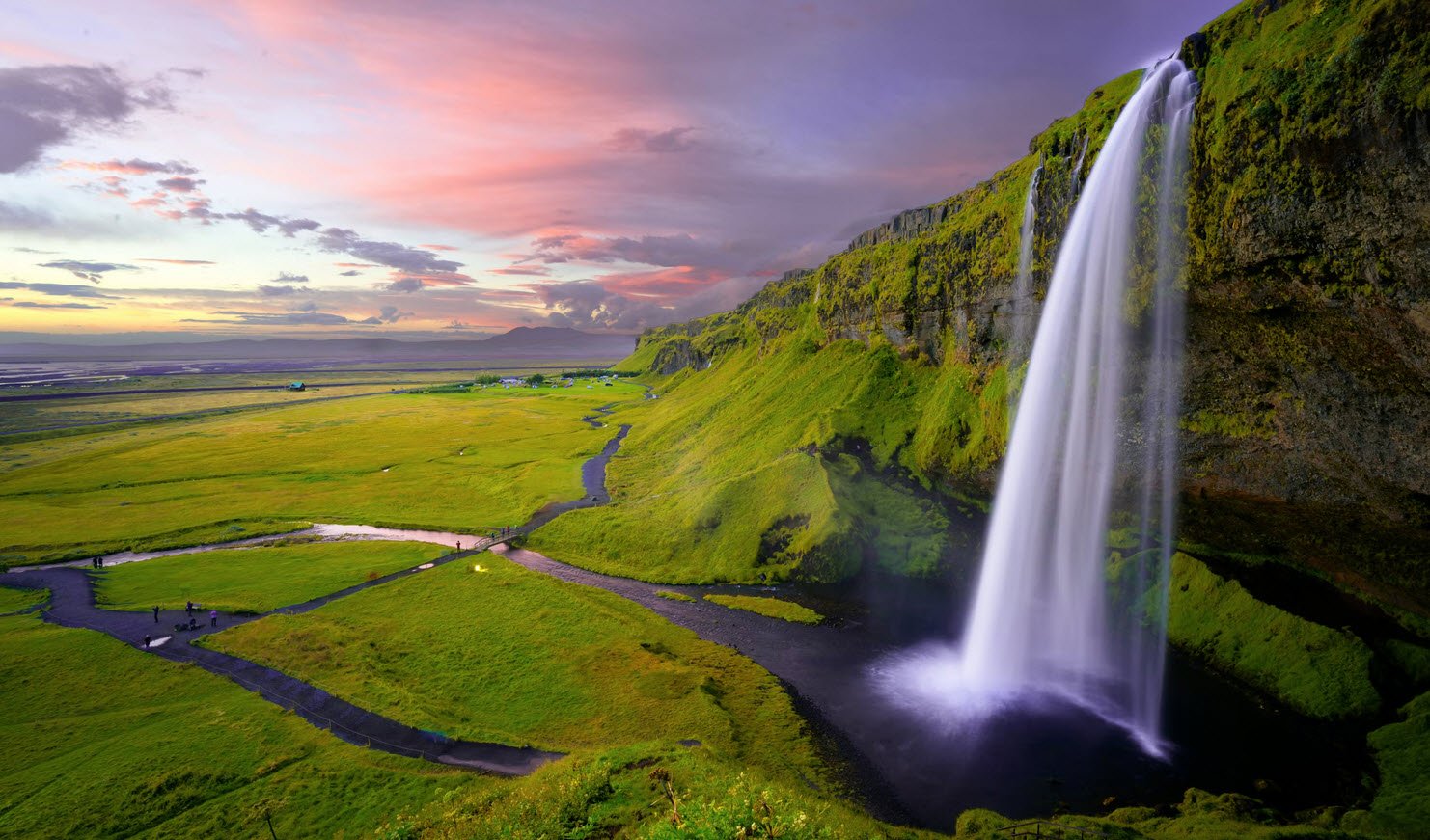
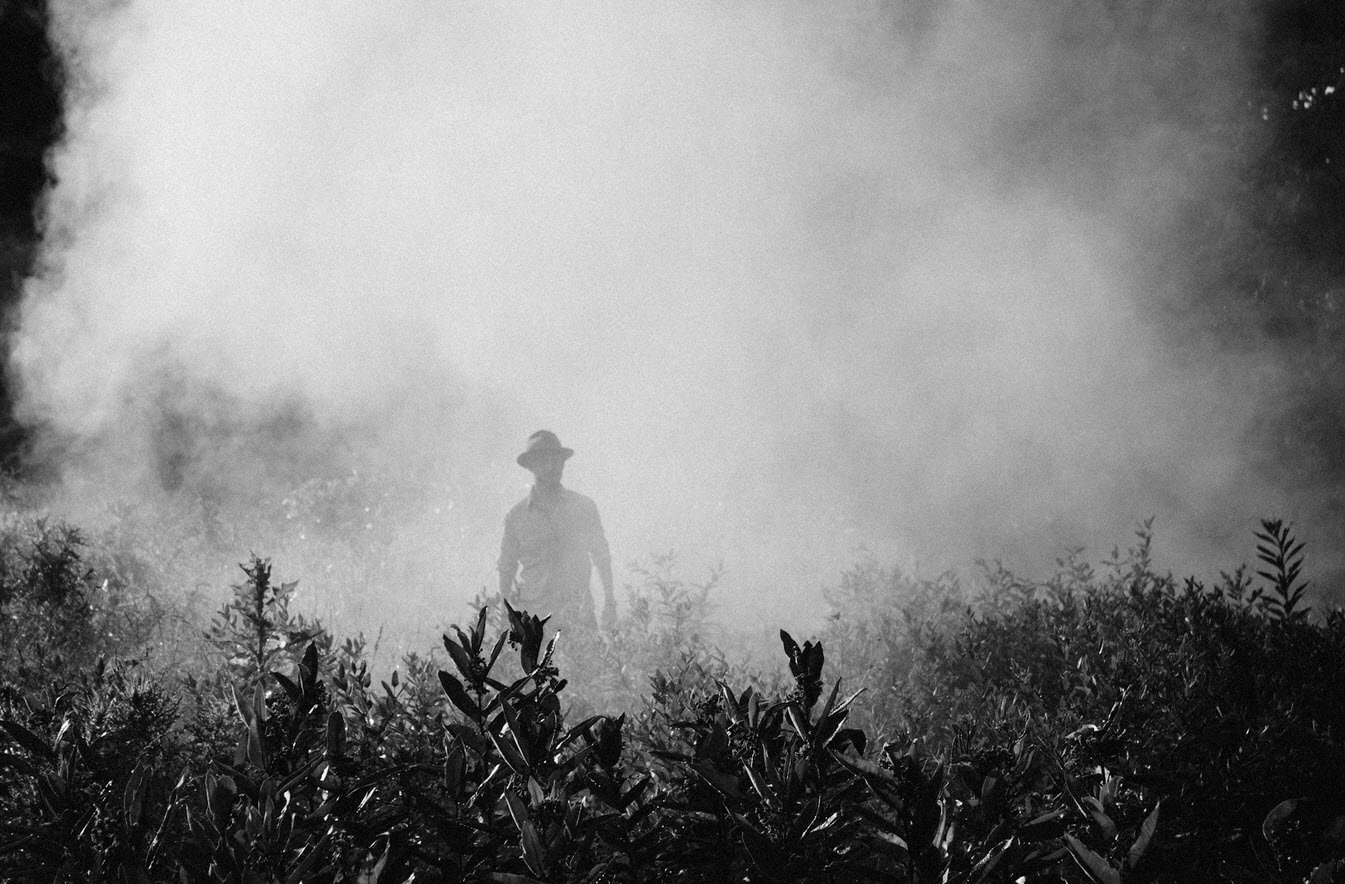
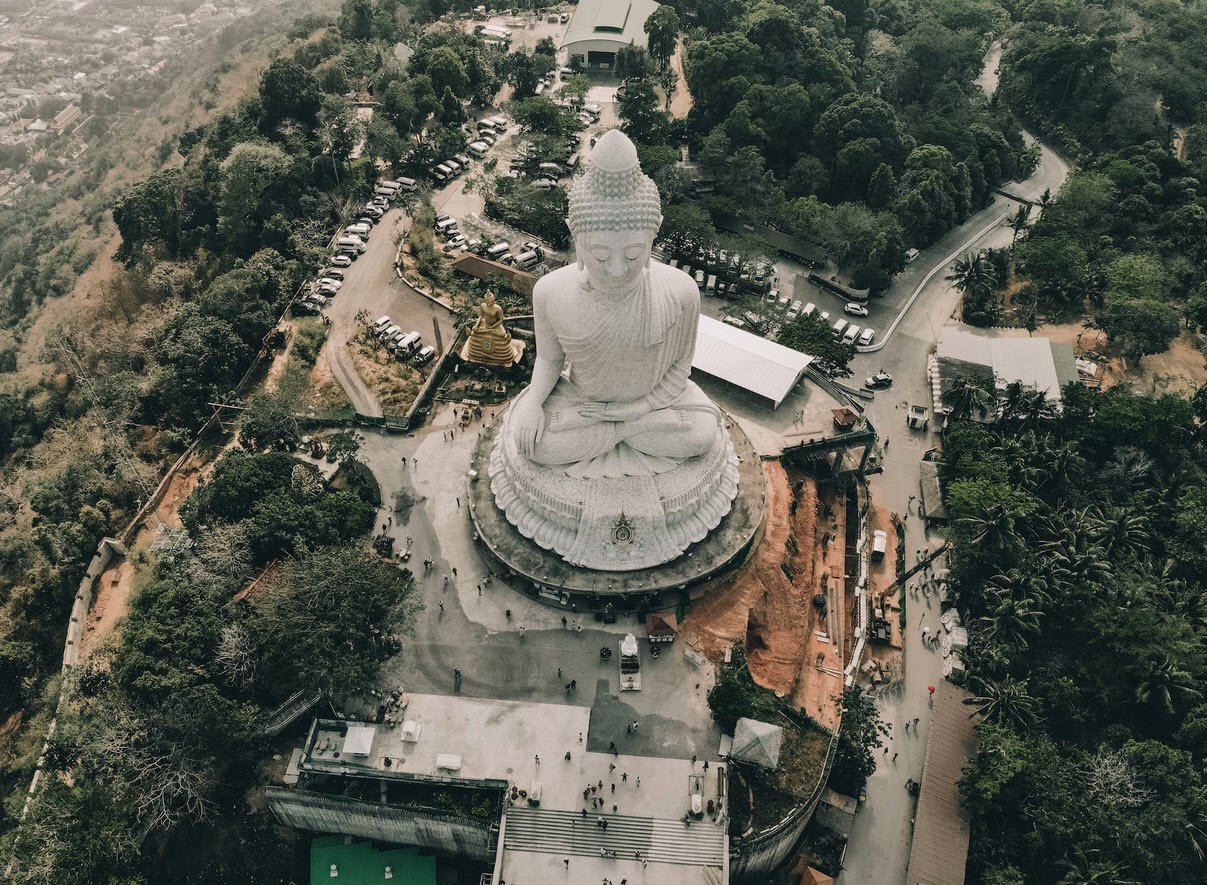
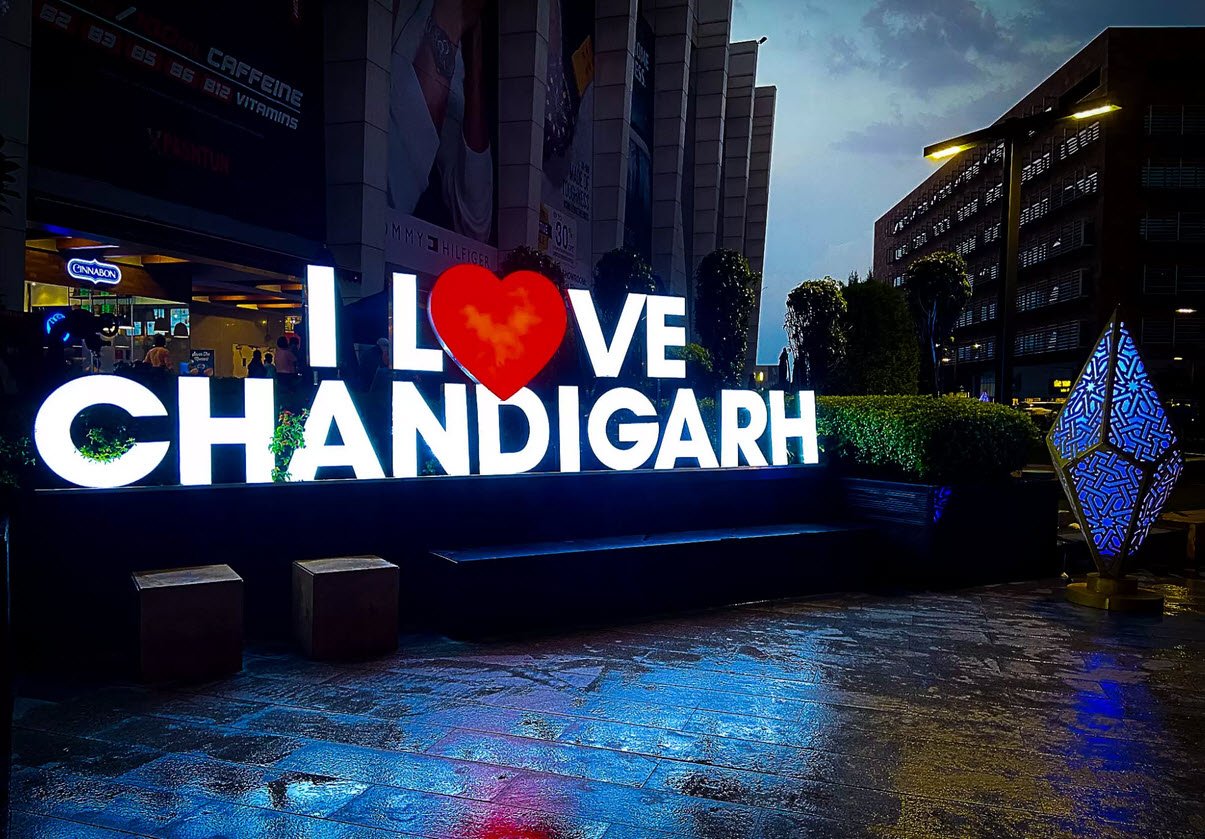


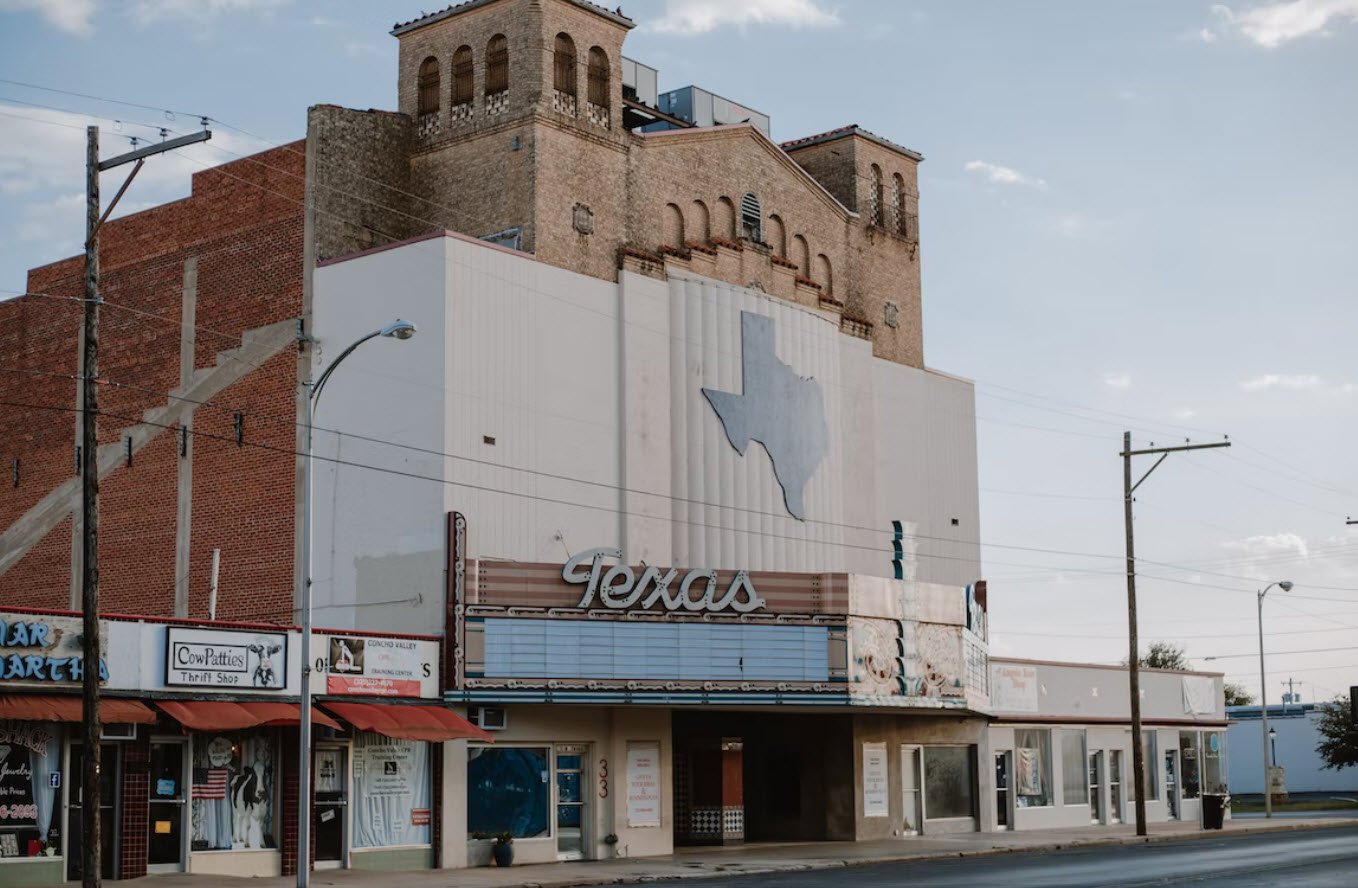
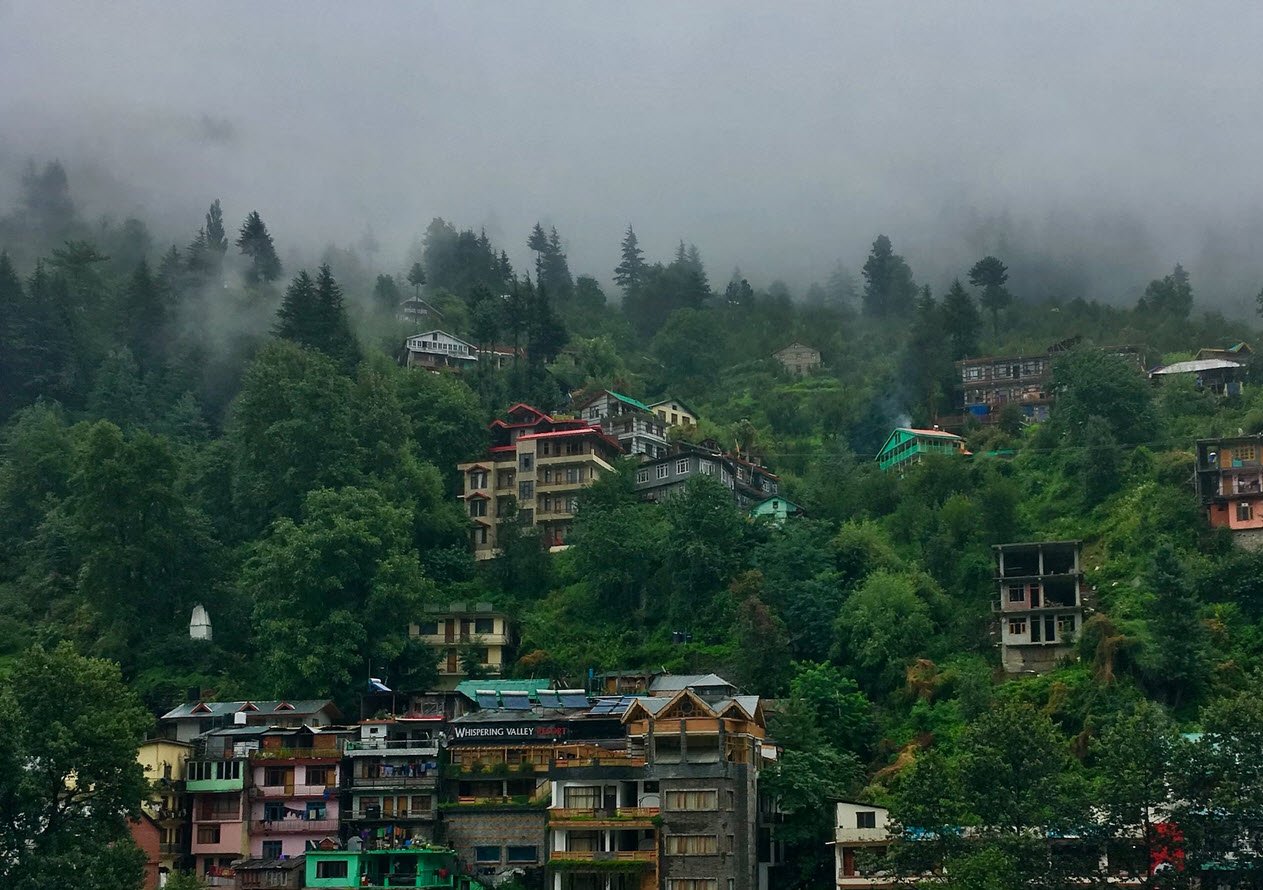
Wonderful Information, Thank you guys